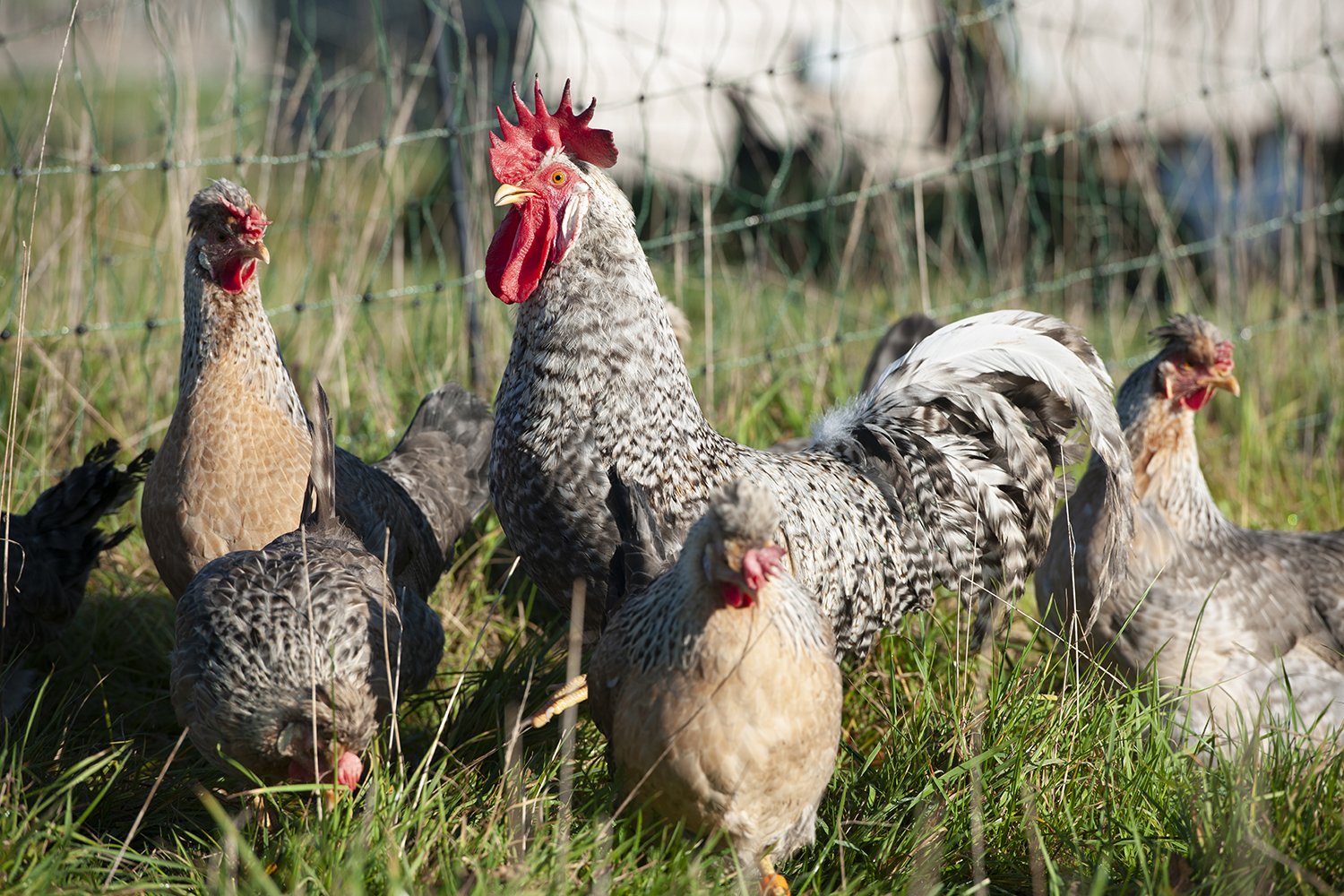About Our Cream Legbar
Breed Origin: Cambridge
Uses: Auto-Sexing Utility Blue Egg Layer.
Weight:Large Fowl: Hen: 2K-2.7g. Cockerel:2.7-3.4kg
Hen colour: Gold/Silver/Cream./Salmon
Egg Colour: Blue/Green
Average Egg Weight: 62g
Egg Quantity: 200 per Annum
Temperament:
Hardy, great characters, very friendly and active foragers and frugal eaters. It is quite unusual for them to go broody. This is a great bird for beginners.
. About our birds:
We have a breeding flock of about 14 birds and a number of others in the laying flock. We hatch all our stock on the farm for each new season from the best birds that meet the breeding standards. The original strain of birds were sourced from various members of the Cream Legbar club with us keeping the very best.
Useful to know:
Cream Legbars are an auto-sexing breed. When chicks hatch, females have very distinct dark and light stripes down their body which is often described as chipmunk markings. The males are lighter all over with a distinct yellow spot on their heads. This breed was originally developed for commercial use but was superseded by todays hybrids which are much more prolific egg layers. The breed owes it’s origins to Prof. Reginald Punnett, who was director of the University of Cambridge breeding programme and was assisted by Michael Pease. Their aim was to improve the quality of livestock, available to British farmers.
In 1930 one of the by-products of Punnett’s experiments, in producing auto-sexing poultry, was the Cream, or Crested Legbar. These carried the genes from Auracana hens sourced in Chile and laid blue/green eggs. Punnett introduced these Crested Cream Legbars to the world at the London Dairy Show in 1947. Pure Auracana eggs are blue all the way through the egg shell. Any hybridisation which uses the Auracana may produce a blue egg but will not have the blue colour throughout the egg. (the inside of the shell is white). Cream Legbars are an auto-sexing breed. When chicks hatch, females have very distinct dark and light stripes down their body which is often described as chipmunk markings. The males are lighter all over with a distinct yellow spot on their heads.






